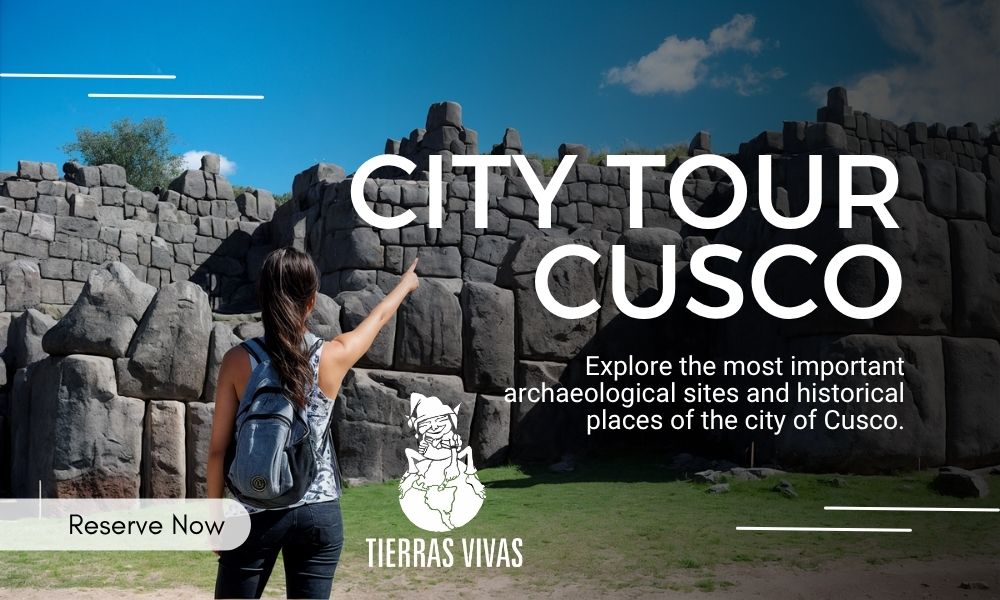Cusco, the ancient capital of the Inca Empire, is recognized as one of the most fascinating cities in South America, not only for housing the Sacred Valley and being the gateway to Machu Picchu, but for the historical richness that is hidden in every corner of its Historic Center. This city, set in the Peruvian highlands, is a true melting pot of cultures where Inca foundations merged with colonial architecture.
Beyond its impressive temples and squares, travelers end up falling in love with Cusco because of the details and mysteries it keeps. Among them, seven streets stand out whose names are particularly curious or unusual; these names, often short and descriptive, reveal secrets about the customs or the uses that those streets had at a certain moment in history. By walking these streets you will be able to know the urban landscapes of Peru and discover the historical story that the city keeps telling. This guide explores the stories behind these seven traditional streets of the city of Cusco.
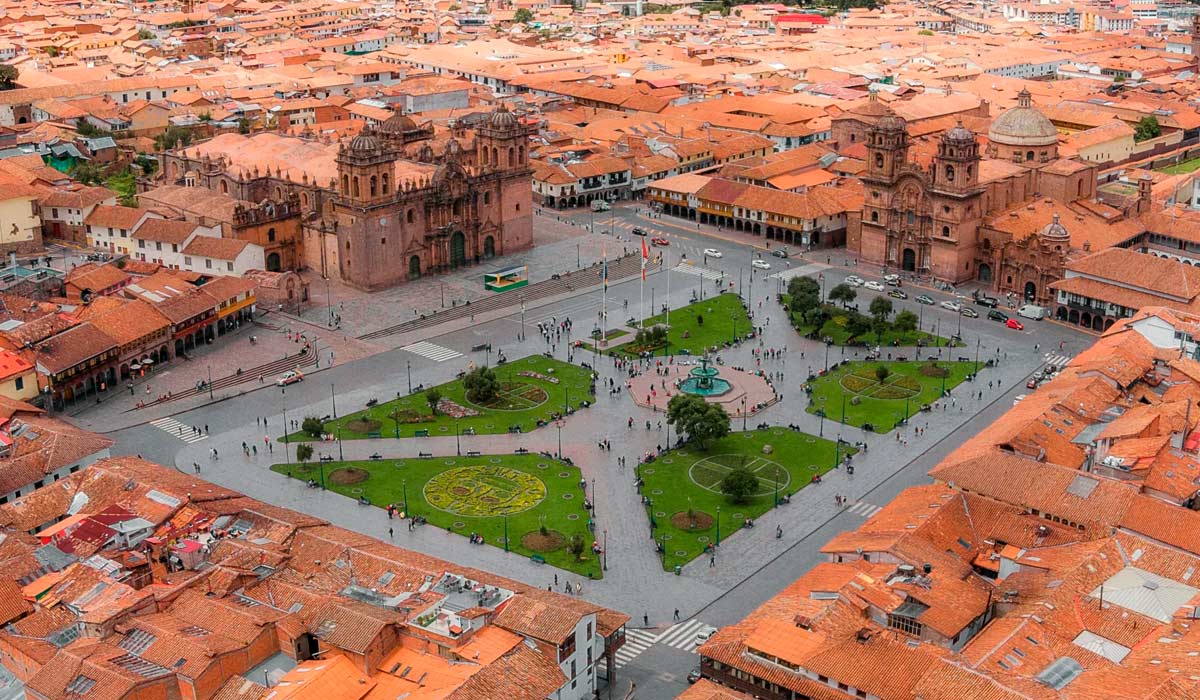
Number 7 in the streets of Cusco
The number 7 is sacred to many of the largest ancient cultures that existed and in many cases a figure that has caused a type of veneration; The Pythagoreans believe in 7 celestial bodies that emitted a controlled vibration that rules and governs the world. These gave rise to the 7 days of the week. This number is also related to the rainbow, one of the most important natural events for the worldview of the Inca civilization, and which "coincidentally" are the colors of the flag of the City of Cusco, the ancient capital of the Incas.
But there are many numbers 7 from the beginning of history; there are 7 deadly sins, 7 church sacraments, 7 musical notes, 7 wonders of the ancient world, 7 wonders of the modern world; one of them is Machu Picchu and it is located in Cusco, a city that has 7 streets whose names begin with the number 7.
Seven streets in Cusco with names beginning with the number 7
In the city of Cusco there are seven streets with names that begin with the number 7; some believe that the number has a cabalistic character that came with the colony; however, other studies show that the use of this number began before the time of the Incas. Ancient Peruvians and many other world cultures were convinced that the stars had a decisive influence on the life and behavior of human beings. The book "Tourist Routes of Cusco" by Armando Valenzuela Lovón, indicates that: "7 is a metaphysical and inexplicable number in Andean culture, as in many other important world cultures."
Would you like to know the beautiful and colorful streets of the City of Cusco?
Then cheer up, but first let us tell you that the city of Cusco is very famous for its rich history, culture and art, but few have noticed its famous traditional streets and the curious name that each one of them bears and it is a must-see. 10 places in Cusco that you should not miss during your stay in this beautiful city. The interesting thing is that this number is very special and sacred that has been written and used even by Catholicism and by the great cultures of the world. In summary, there are seven streets that bear this number and they are the following:
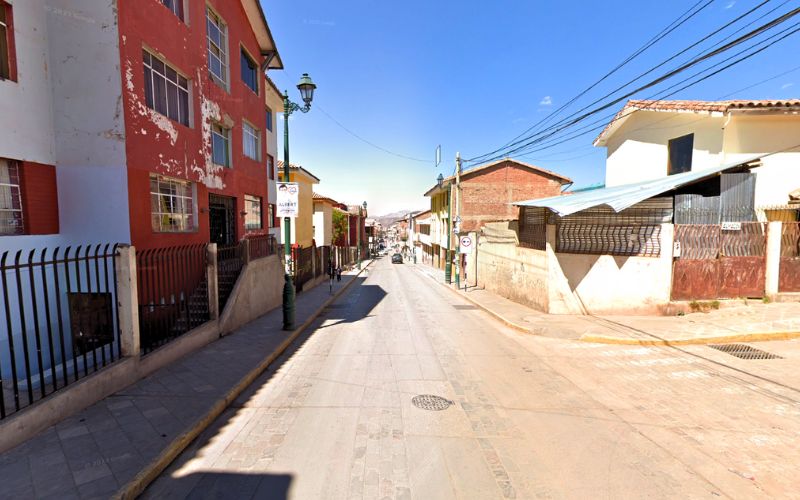
Seven Macaroni
This is the only one of the streets located outside the historic center between the parish of Santiago and Almudena. History tells us that Don Mascareñas lived on this famous street along with his six children, who accompanied him in the work of making bronze objects that were placed in churches.
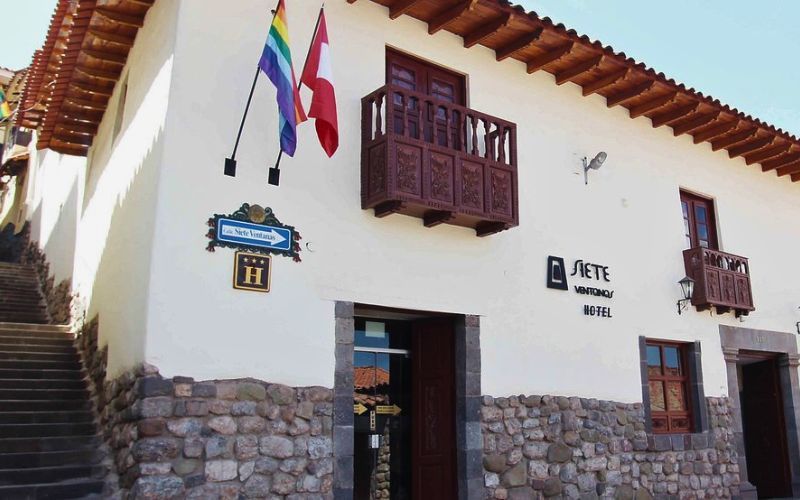
Seven Windows
We find it in the San Blas neighborhood and the continuation of ruins street, formerly the San Agustín convent was located in the place and it stood out for having 4 large and 3 small windows.
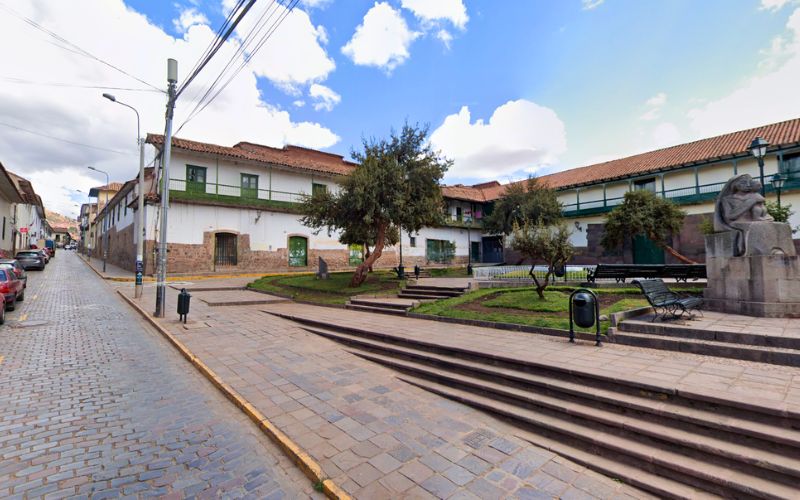
Seven Quarters
This street stood out for the 7 stringers or stone blocks that crossed and were aligned on the historic Saphy River that today runs under Av. El Sol, currently only one of the stringers remains and we can see it at the intersection of saphy street.

Seven Little Devils
Its fame is due to the fact that in this place lovers of yesteryear tempted by the devil used to walk, returning from the place with their “Sunday 7th”.
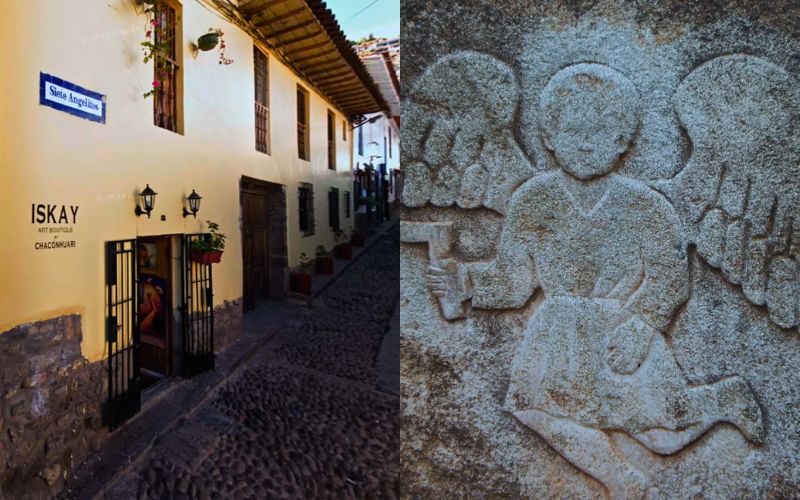
Seven Little Angels
Located in the San Blas neighborhood, between Tandapata and Carmen Alto streets, on the roofs of an old house you can see these 7 figures.
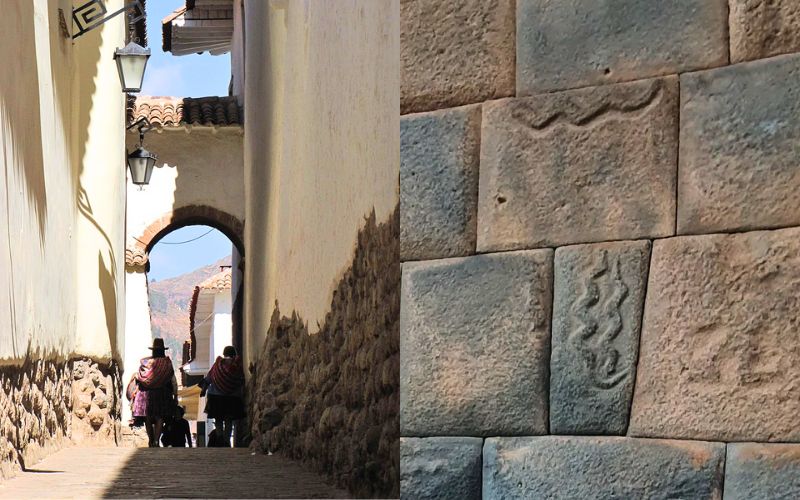
Seven Snakes
We see it in the Plazoleta las Nazarenas in a quite beautiful and colorful alley with its cobbled stones. The denomination is due to the 7 pairs of snakes that are carved on the Inca walls.
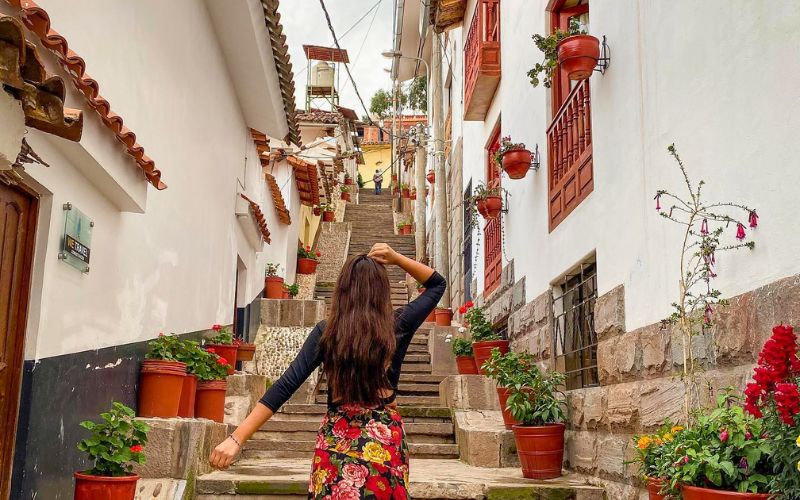
Seven Little Lambs
Today called Calle Palacios, it was one of the streets where people circulated and walked accompanied by their cattle and packages. These famous streets of Cusco have a significant uniqueness, with throbbing stories, stories that remain a mystery to this day.
Where are the seven traditional streets of Cusco located?
The aforementioned streets of Cusco are located in the historic center of Cusco, in the surroundings of the main square of the city of Cusco, bathed in its colorful and picturesque streets.
Best Tours in Cusco
Many are the routes that take you to Machu Picchu, but none is like the Inca Trail Tours, the most famous pedestrian path in the Americas. After flying from the capital of Perú, Lima, you will arrive in Cusco to walk for four days along a path through forests and dense fog, millenary stone steps and discovering the ruins of ancient fortifications and Inca cities, and all the time enjoying majestic views.
- Salkantay Trek to Machu Picchu 5 days
- Hiking the Inca Trail to Machu Picchu 5 days
- Inca Quarry Trail 4 Days
- 2 Day Inca Trail Tour
- 2 Day Inca Trail with Camping
- 3 Day Inca Trail
- Vilcabamba Hike to Machu Picchu 6 days
- Choquequirao trek to Machu Picchu 9 days
- Ausangate trek 7 days
If you want to visit Machu Picchu, we recommend you to book your Machu Picchu Ticket in advance, so you will enjoy your Vacation in Machu Picchu without any problem.

